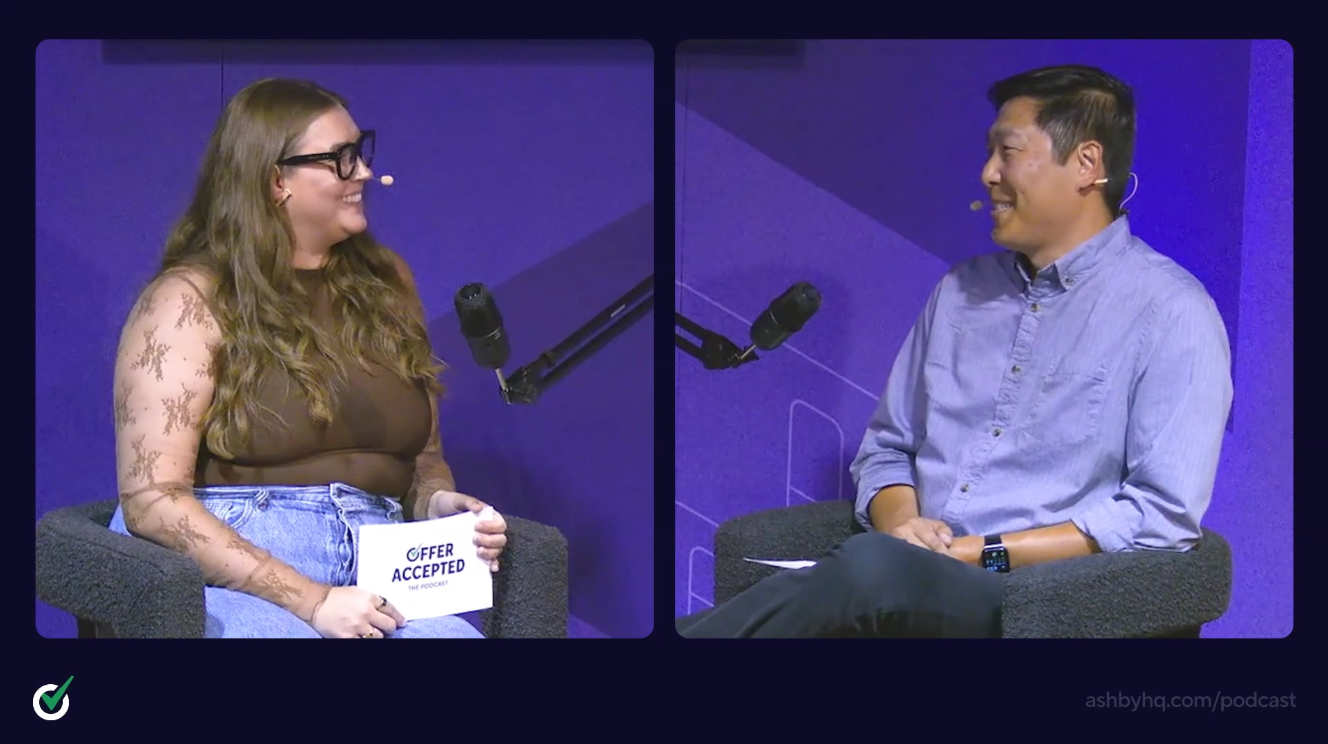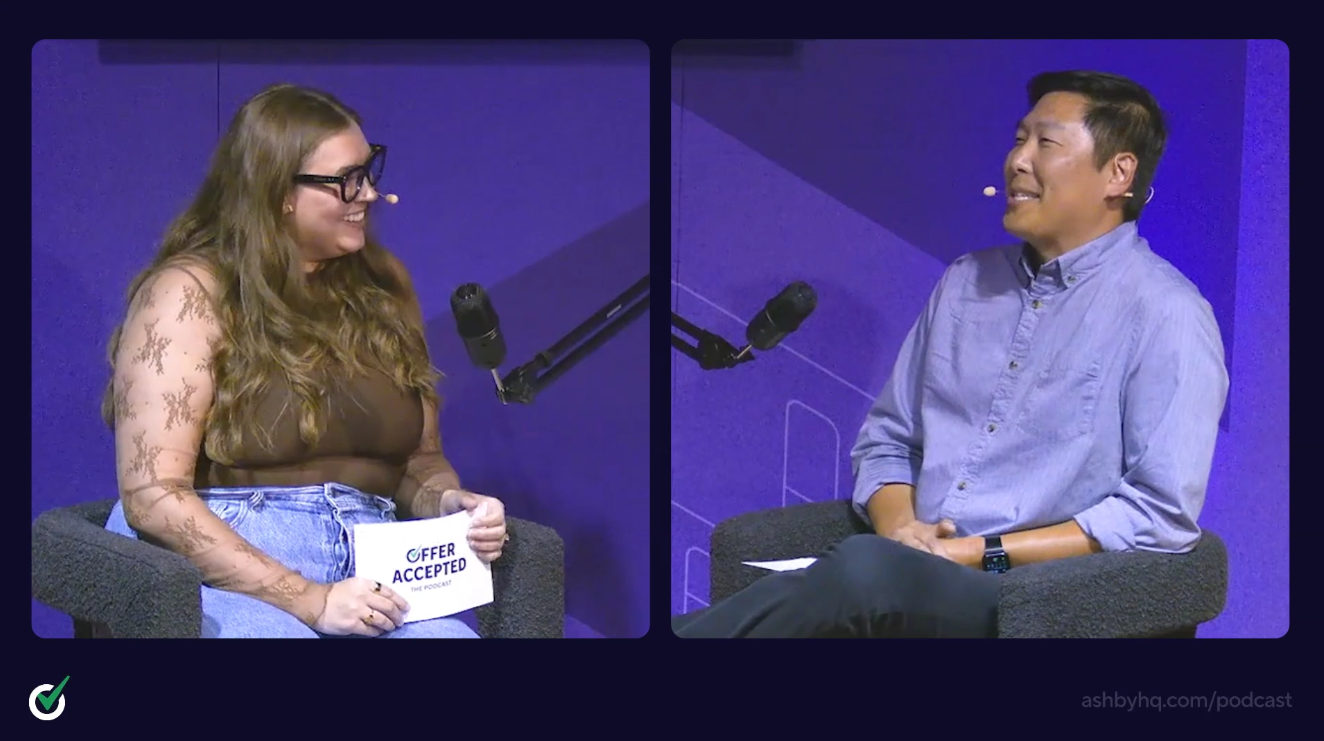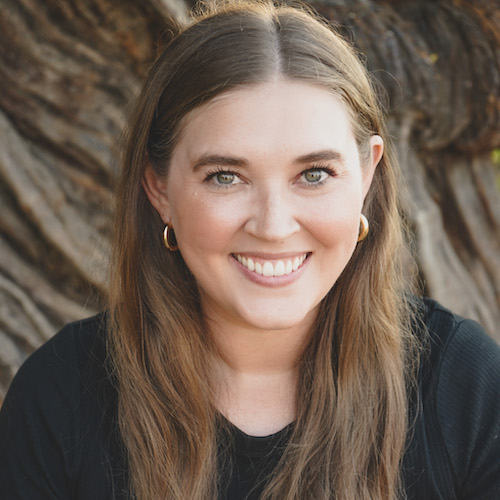Future-Proofing Talent Teams for the Age of AI and Automation
About this Episode
Mike Joyner is the Founding Partner at Growth by Design Talent, where he advises high-growth companies on building strong recruiting foundations. With experience leading recruiting operations at Apple, Facebook, and Pinterest, Mike brings a systems-first mindset and deep operator expertise to the conversation.
In this episode of Offer Accepted, Mike shares how automation can help recruiters deliver executive-level experiences at scale, how new roles like AI Coaches are helping teams unlock the potential of emerging tools, and why designing teams around business needs, not job ladders, is the key to staying resilient. If you’re rethinking your team’s structure or exploring how AI fits into your process, this episode delivers the clarity and tactical guidance you need to take the next step.
Topics
This Episode's Guest
Mike Joyner
Founding Partner @ GBD
Mike Joyner is the Founding Partner at Growth by Design Talent, where he helps fast-growing companies build thoughtful, scalable recruiting operations. He previously led talent operations at Apple, Facebook, and Pinterest, guiding teams through IPOs and high-growth phases. Mike is known for his structured, data-informed approach to hiring, and for helping talent teams adapt their workflows, tools, and structure to meet the needs of modern business.
Takeaway 1
Build AI guardrails that encourage experimentation 🧭
Innovation doesn’t always thrive in ambiguity. Teams are more likely to explore new tools when they understand what’s encouraged, what’s off limits, and how to share what they learn.
Why It Matters:
Without clear boundaries, experimentation slows down. Recruiters hesitate to try tools because they don’t want to risk breaking rules or exposing sensitive data. With structure in place, curiosity takes over and progress accelerates.
Quick Tips
- Set clear guidelines for tool use. Establish internal documentation that explains which AI tools are approved, what data can be used with them, and how to report discoveries or blockers.
- Make learning a routine, not a reaction. Mike sets aside Wednesday and Friday mornings to experiment with new tools. This intentional time boxing helps him stay up to date while keeping experimentation from falling off the to-do list. For teams, creating a recurring block like this builds confidence, ensures space for growth, and avoids burnout from trying to learn on the fly.
- Create feedback loops around what works. At GBD, Mike’s team shares wins and workflows regularly. A shared Slack channel, team meeting segment, or Notion doc can create a living knowledge base. This turns one person’s discovery into collective forward momentum.
Takeaway 2
Use automation to create high-touch candidate experiences at scale 🤖
AI isn’t just about moving faster. For Mike, it’s about leveling the playing field. The care and calibration that companies typically reserve for executive hires, like deeper alignment, better communication, and thoughtful placement, should be available to everyone. Automation creates space for that by handling the repetitive parts, so recruiters can focus on trust, timing, and true fit.
Why It Matters:
Automation frees recruiters from task overload and enables them to deliver high-touch experiences to more candidates. By reducing the cost of care, AI allows teams to raise the baseline for what a good process looks like without burning out.
Quick Tips
- Start with your pain points. Identify tasks that frustrate your team or feel like bottlenecks. These are strong candidates for automation—things like interview scheduling, formatting resumes, or cross-functional coordination.
- Use the time to deliver depth, not volume. AI lets recruiters spend more time advising candidates and calibrating with hiring managers. The result? Better hires and a more memorable experience for every applicant, not just execs.
- Let AI handle consistency, not judgment. Automate tasks that require structure and repeatability, like scheduling and reminders. Keep the high-trust work like edge-case decisions and personal engagement with the humans.
Takeaway 3
Design your team to flex with the business ⚙️
Recruiting teams are no longer built around static functions. The best teams today flex around business needs, candidate complexity, and hiring moments, not just job titles.
Why It Matters:
The speed of change in hiring requires more than new tools, it requires new structures. Instead of organizing teams by function alone, companies are designing roles that operate across the pipeline. These roles help identify better-fit opportunities for strong but misaligned candidates and support recruiters in making smarter placement decisions.
Quick Tips
- Introduce Career Guides. These recruiters specialize in internal mobility. They help employees navigate next steps based on goals and timing, while also helping the business unlock hidden talent.
- Add AI Coaches to drive tool adoption and output quality. These team members train recruiters on best practices, refine prompts, and ensure that automation reflects the team’s strategy. They act as the connective tissue between people, process, and product.
- Enable full-pipeline visibility. Assign someone to monitor candidates across business units. This role helps redirect strong applicants who aren’t a fit for one opening into better-fit opportunities elsewhere, increasing efficiency and reducing talent loss.
What Hiring Excellence Means to Mike
For Mike, Hiring Excellence is about trust. He uses Frances Frei’s Trust Triangle as a framework: authenticity, logic, and empathy. You build authenticity by clearly communicating what your company stands for and who it’s not for. Logic means your process makes sense not just to you but to hiring managers and candidates. Everyone involved should understand how decisions are made and what’s being prioritized. And empathy means taking the time to understand what’s at stake for the people involved. Great recruiters ask what’s driving a candidate’s next move or what kind of pressure a hiring manager is under. When you lead with these three principles, you build trust, and that’s what people remember long after the process ends.
>> Watch the Clip

Mike's Recruiting Hot Take 🔥
Mike is over the phrase, “recruiters who don’t use AI will be replaced.” To him, it’s obvious. AI is like cleats for soccer players. You can still show up without them, but don’t expect to compete. Recruiters who are leaning into learning right now are gaining an edge that won’t be easy to catch up to.

Timestamps
(00:00) Introduction
(00:00) Trust at the core of hiring
(00:25) Introductions
(00:51) Guest profile: Mike Joyner
(02:12) Why talent teams must adapt in the AI era
(03:04) Lean teams and higher stakes per hire
(04:31) Using AI to give every candidate an executive experience
(06:32) Making innovation a habit through time boxing
(10:03) Agility and upskilling in hiring
(12:08) Future team structures in talent acquisition
(22:56) A trust-based model for hiring excellence
Other Episodes
Embedding Cultural Awareness to Strengthen Global Hiring
In this episode of Offer Accepted, Alex Corbin, Head of Talent Acquisition at Tabby, shares how cultural awareness, adaptability, and data-backed decisions have shaped the company’s global hiring success. He explains how building local expertise early, balancing flexibility with structure, and translating data into action have allowed Tabby to create an inclusive, scalable, and high-performing hiring engine across regions.
Taking your Sourcing Strategy Outside the "Office"
In this episode of Offer Accepted, Shannon Ogborn sits down with Kristi Kennebrew, Talent Attraction at Get Me Hired Kristi. The conversation focuses on how to leverage conferences, and other IRL events in your sourcing strategy.

Join the Hiring Excellence movement
New episodes every month - subscribe here so you never miss out.
